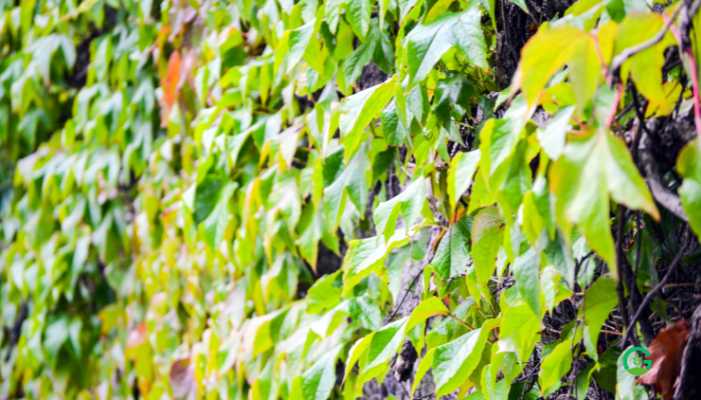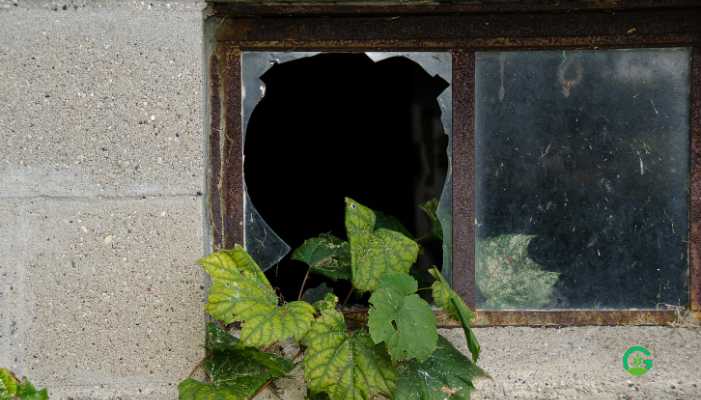Introduction
Grape ivy plants are attractive additions to any indoor space, providing lush foliage and easy care. In this guide, we’ll go into detail about the art of cultivating and nurturing these delightful plants to thrive in your home environment.
Grape ivy Plant Table of Contents
Understanding Grape Ivy
Grape ivy, scientifically known as Cissus rhombifolia, is a vine plant native to Central and South America. It features glossy green leaves that resemble grape leaves, hence the name. This plant is prized for its ornamental value and air-purifying properties, making it a popular choice for indoor gardening enthusiasts.
Choosing the Right Pot
Selecting the appropriate pot is crucial for the health of your grape ivy. Opt for a well-draining pot with sufficient drainage holes to prevent waterlogging, which can lead to root rot. A pot with a diameter slightly larger than the plant’s root ball allows room for growth.

Ideal Growing Conditions
Grape ivy thrives in bright, indirect light. Place it near a window where it can receive filtered sunlight. Maintain a room temperature between 65-75°F (18-24°C) during the day and slightly cooler at night. Adequate humidity levels are beneficial, especially in dry climates.
Watering Techniques
Water your grape ivy moderately, allowing the top inch of soil to dry between watering sessions. Overwatering can cause root rot, while underwatering leads to wilting. Use room temperature water to avoid shocking the plant.
Fertilizing Tips
Feed your grape ivy plant with a balanced liquid fertilizer every 4-6 weeks during the growing season (spring and summer). Dilute the fertilizer to half strength to prevent nutrient buildup. Avoid fertilizing during the dormant winter months.
Pruning and Trimming
Regular pruning promotes bushier growth and prevents legginess. Trim back overgrown or yellowing foliage using clean, sharp scissors or pruning shears. Focus on removing dead or damaged parts to maintain plant health.

Dealing with Pests
Keep an eye out for common pests like spider mites and aphids, especially in indoor environments. Use organic insecticidal soap or neem oil to control infestations. Wipe the leaves with a damp cloth regularly to deter pests.
Propagation Methods
You can propagate grape ivy through stem cuttings in water or a well-draining potting mix. Choose healthy stems with at least two nodes, remove the lower leaves, and place them in a suitable medium. Keep the cuttings moist until roots develop.
Read More
Common Issues and Solutions
Issue: Yellowing Leaves
- Cause: Overwatering or nutrient deficiency.
- Solution: Adjust watering frequency and ensure proper fertilization.
Issue: Leaf Dropping
- Cause: Inconsistent watering or low humidity.
- Solution: Maintain a regular watering schedule and increase humidity levels.
Issue: Pest Infestation
- Cause: Poor ventilation or contaminated soil.
- Solution: Improve air circulation and use pest control measures.
Issue: Slow Growth
- Cause: Lack of sunlight or nutrients.
- Solution: Place the plant in a brighter location and fertilize as needed.
Issue: Wilting Leaves
- Cause: Underwatering or root damage.
- Solution: Water the plant adequately and inspect roots for issues.
Image | Product Name | Review | Price |
Grape ivy PlantConclusion
Growing and caring for grape ivy plants is a rewarding experience that adds natural beauty to your indoor space. By providing the right conditions, regular maintenance, and addressing any issues promptly, you can enjoy healthy and vibrant grape ivy vines for years to come.
FAQs about Grape Ivy Plant
How often should I water my grape ivy plant?
Water your grape ivy plant when the top inch of soil is dry to the touch.
Can grape ivy tolerate low light conditions?
While it prefers bright, indirect light, grape ivy can adapt to moderate low light.
What is the best time to repot grape ivy?
Repot grape ivy plants in spring when they outgrow their current container.
How do I propagate grape ivy successfully?
Take stem cuttings in spring or summer and place them in water or a suitable growing medium.
What are the common pests that affect grape ivy?
Spider mites, aphids, and mealybugs are common pests that can infest grape ivy plants.
This article provides comprehensive guidance on nurturing grape ivy plants, from selecting the right pot to addressing common issues. It’s designed to be informative and engaging for readers while optimizing for the keyword ‘grape ivy plant.’




















